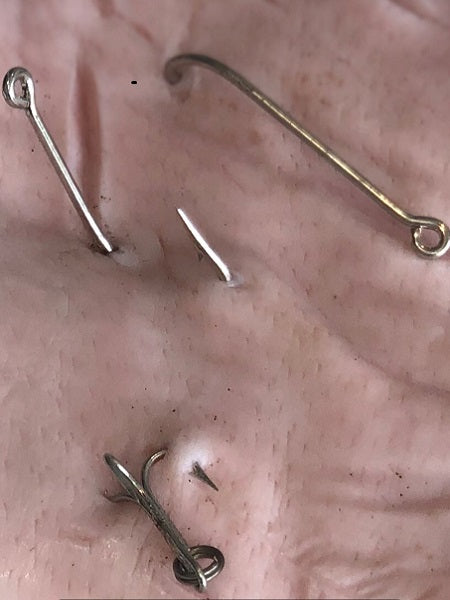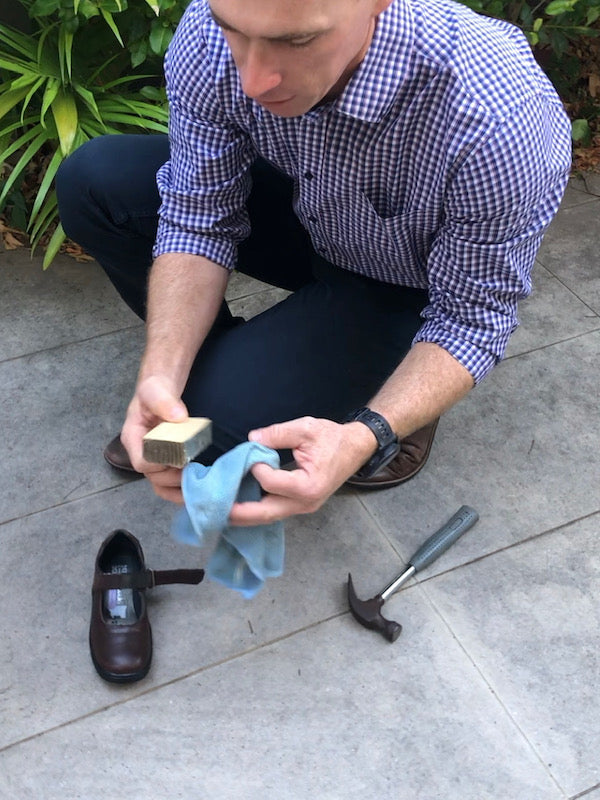The dreaded calf strain becomes a more common injury as triathletes age, especially in males. Why is this so and what can we do to manage and ultimately prevent these injuries from derailing our training?
Calf pain and injuries can present in several ways;
• Traumatic sudden onset calf tears, usually a sudden sharp pain felt during faster running which results in not being able to continue a run.
• Non-traumatic gradual onset pain, that slowly worsens throughout a run to the point that it stops a runner from continuing. It is often sore after the run but recovers relatively quickly.
• Delayed onset muscle soreness, no specific pain during a run but soreness for a couple of days post run.
The specific details of the above injuries will vary a bit so in this article I will address general principles common to all calf injuries.
Causes;
A big contributing cause for calf injury will be some degree of overload of the muscle beyond the limits it is ready to deal with resulting in fatigue and sometimes tissue damage. This overload can come from specific changes in training including the introduction of speed or hill work, or sudden increases in volume, frequency and intensity. The overload can also come from trying to change running technique to more of a mid-forefoot strike pattern. This change shifts stress and strain from the knee and hip to the calf and achilles which if done too rapidly results in injury.
An underlying weakness or lack of muscular endurance in either the Soleus or Gastrocnemius can also be a big contributing factor to injury. As we age, we slowly see a decline in muscular size and strength which if we don’t address can contribute to injury. The calves contribute considerable force during the running cycle, surprisingly the Soleus muscle can contribute up to 8 x bodyweight forces during running compared to the Gastrocnemius which can contribute 3 x bodyweight forces.
Biomechanics and Shoes
From a podiatry point of view there are certain biomechanical factors that can contribute to calf injuries which include reduced range of motion at the ankle joint and or the big toe joint. Stiffness in these joints often leads to an earlier heel lift and or pushing off the outside of the forefoot. These changes to gait cause the calf muscle group to work a bit harder for longer. Excessive uncontrolled pronation or supination of the foot can also play a role and shouldn't be neglected when considering potential causes of calf strain.
This is also where footwear can play apart in working out the injury puzzle. Lower drop and minimalist style running shoes can be great training tools, however if the runner lacks good ankle flexion or big toe flexion then running in these shoes or transitioning to them too quickly can be what tips the runner over into the injury zone.
Management and Treatment
• Allow the initial symptoms to settle with adequate cross training.
• Address potential training errors, reduce fast and hilly running until strength and endurance is increased.
• Work on improving ankle and big toe flexibility with calf stretches and gentle mobilization.
• Work on smoothing out your running technique to reduce bent knee propulsion and excessive up and down bobbing.
Prevention
Get strong and stay strong!
Start a strengthening program including bent knee and straight knee calf raises. Build the program slowly over about 6 months. Ideally you should work toward heavy, slow calf raises 2-3 x week and eventually some jumping and skipping once strength has been established.


See a Sports Podiatrist
Have your Biomechanics and running technique checked out by one of the Sports Podiatrists at Shoes Feet Gear. We will be able to check for;
• Calf and foot muscle weakness
• Joint range of motion restrictions
• Issues with your running technique
• Check that your shoe choice is suitable for your biomechanics and running ability
• Check for other biomechanical issues like excessive supination, pronation, midfoot collapse that may be contributing to the injury
Depending on what we find we may recommend a change in footwear and the use of custom made orthotics if we think that this will help reduce the overall load on the calf. We would also look to start you off on a calf strengthening program and may consider small changes to running technique.
Non-traumatic injuries often respond quickly and positively to a reduction in load and some strength work. If however this doesn't do the job the other treatments outlined above will be key to getting you back to peak run form!
If you do happen to experience severe pain, tingling, numbness or swelling it is worth seeing your GP as more serious health issues can masquerade as calf pain.


